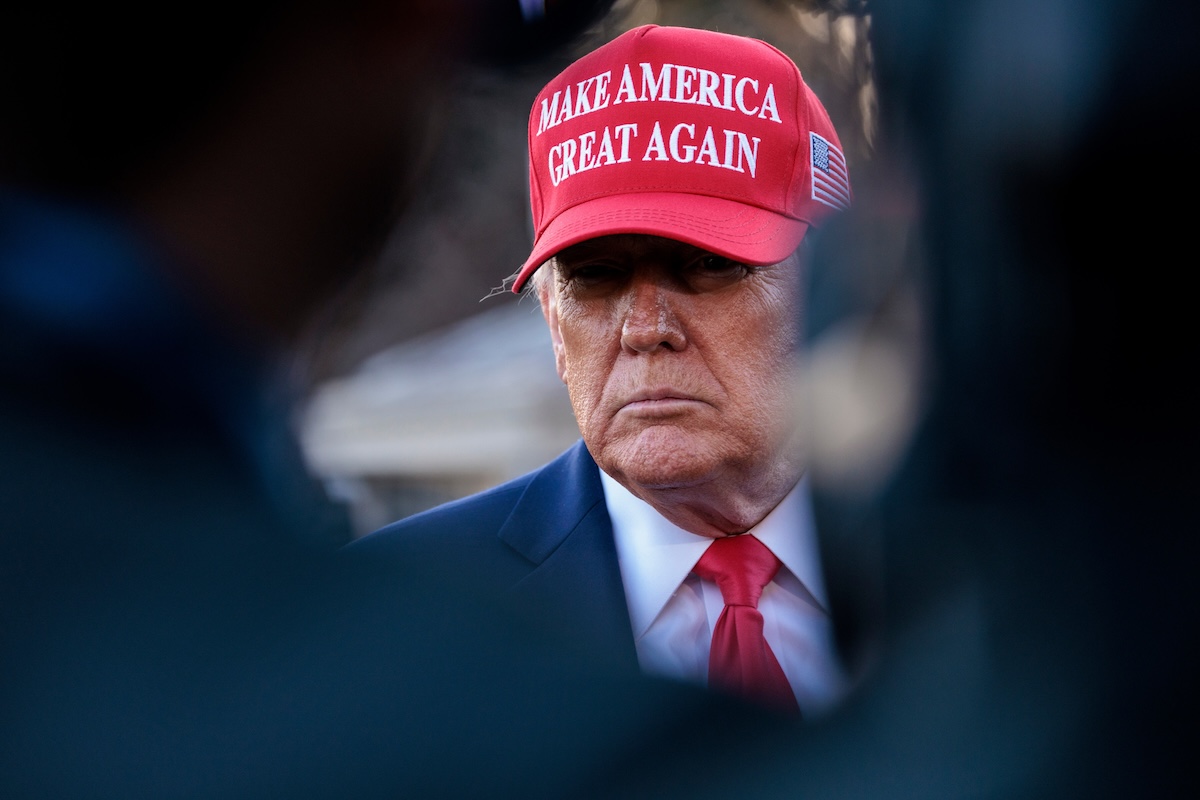
While stocks rallied on news of a 90-day trade pause after the Geneva talks, Goldman Sachs analysts warned that high tariffs on Chinese goods are likely here to stay.
Goldman analysts said they expect tariffs to come down from the current “prohibitively high levels” above 100%, but only to the 50% to 60% range.
That’s still far above historical norms and not nearly enough to repair trade ties that have underpinned global commerce for decades.
“We expect these high levels of tariffs on Chinese goods to remain in place for the foreseeable future,” the analysts wrote in a research note to clients.
Peter Berezin, chief global strategist at BCA Research, pointed out that even dropping average tariffs to 50% would still leave them five times higher than the pre-inauguration average of 10%.
That move alone, he said, would cut Chinese imports “by more than half of their original level.”
“That’s still a big shock,” Berezin said, warning that it would continue to weigh on both the U.S. economy and global markets.
Goldman expects the average tariff rate on Chinese imports to end up between 50% and 60%, which seems to be the consensus view. A standard estimate of the import price elasticity on Chinese goods is -2, implying that going from an average 10% pre-inauguration tariff to a 50%… pic.twitter.com/wEWHIgMOjO
undefined Peter Berezin (@PeterBerezinBCA) May 12, 2025
A pause, not a breakthrough
The White House announced over the weekend that it had reached a “China trade deal” in Geneva, but Chinese officials called the outcome only a “consensus,” making it clear that both sides are still far from a full agreement.
In practice, the two countries have agreed to pause most tariffs for 90 days, far from a return to pre-trade war conditions. For China, that means U.S. tariffs will temporarily drop from 145% to 30%.
While Chinese state-run media is framing the deal as a win, economic data tells a different story.
U.S. tariffs have added to deflationary pressures in China. According to the National Bureau of Statistics, consumer prices fell for the third straight month in April. At the factory level, it’s worse — producer prices dropped 2.7% year-over-year, marking the 31st month in a row of declines.
As the South China Morning Post reported, Chinese manufacturers are struggling with “mounting stockpiles of unsold goods,” which are weighing on jobs and wages and dragging down consumer spending.
Banks like Citigroup and Nomura expect the deflation trend to last through the end of the year.
Without a deal, Beijing would have come under more pressure to roll out stimulus, said David Qu, an economist at Bloomberg Economics.
China’s efforts to “boost consumption since the fourth quarter” have largely fallen short, Qu said.
Your email address will not be published. Required fields are markedmarked